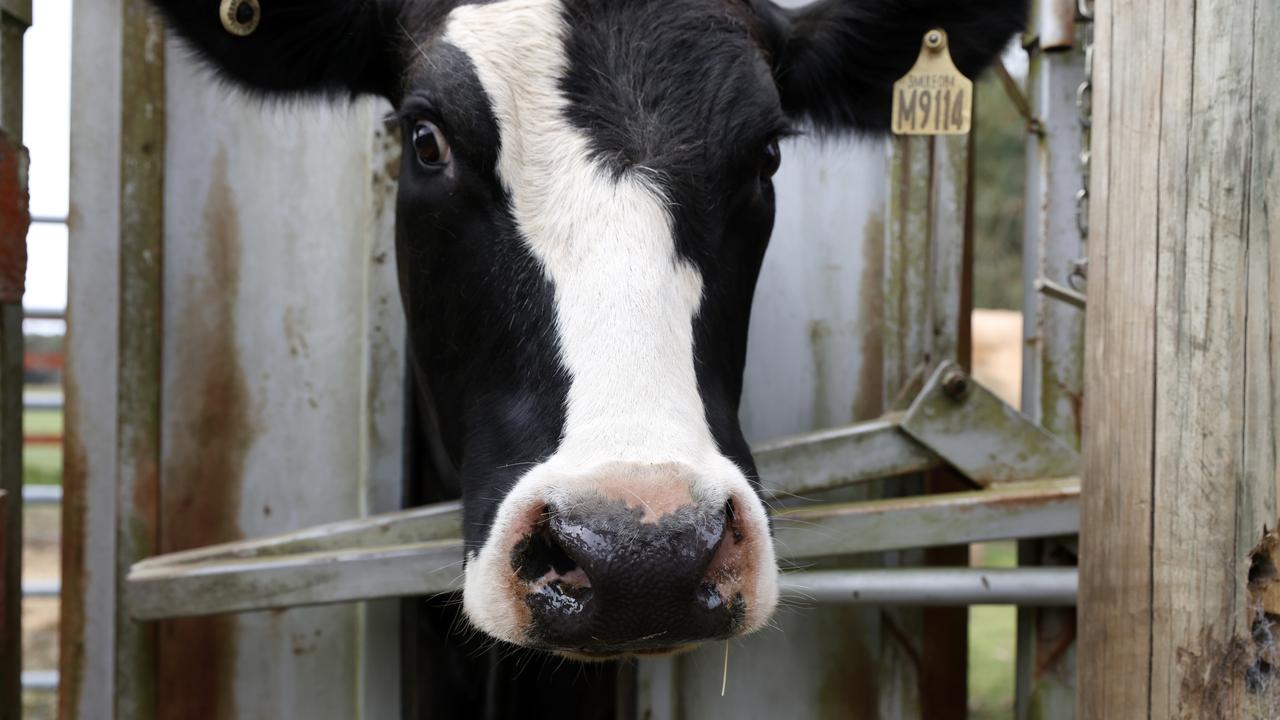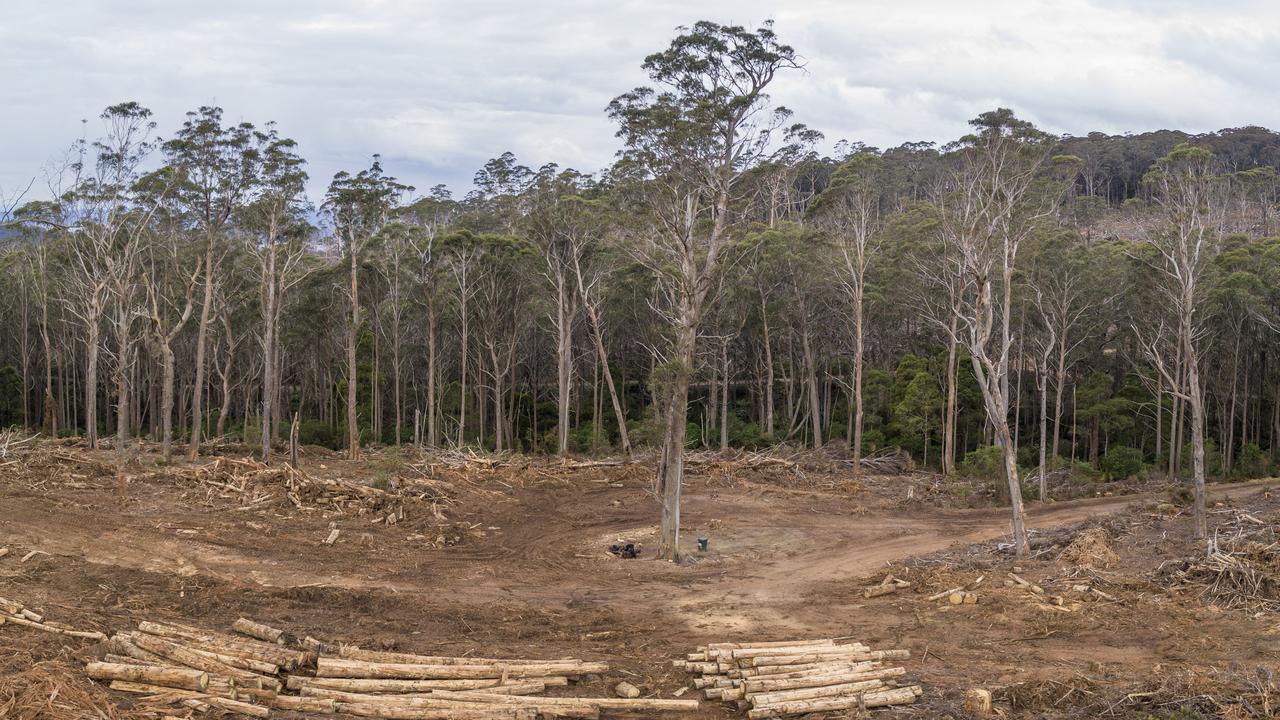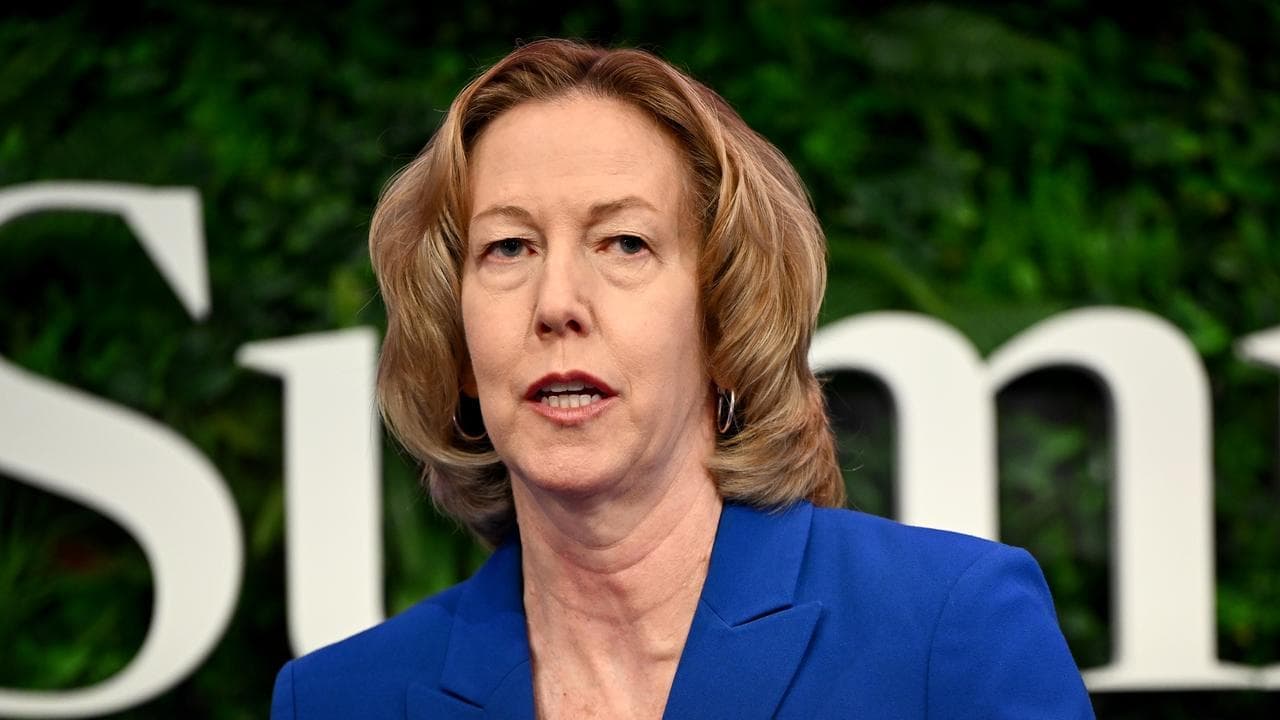WHAT WAS CLAIMED
Australian agriculture contributes nothing to global greenhouse gas (GHG) emissions.
OUR VERDICT
False. Agriculture contributes 17.9 per cent of the overall national GHG emissions.
One Nation senator Malcolm Roberts has claimed that the capture of greenhouse gases by natural mechanisms, such as cycles of absorption and release, offsets the emissions from agricultural processes.
The claim is false. Australian agriculture emits significant levels of methane. Experts told AAP FactCheck that offsets not only don't fully cover agriculture emissions but they also cannot be claimed exclusively by the sector.
Senator Roberts stated in Senate question time on February 7 (35min mark): "Methane cycle, soil carbon sequestration and forest carbon sequestration absorbs all Australian agricultural emissions, meaning Australian agriculture contributes nothing to global emissions."
He continued: "Minister, is the war on farming not about the environment but rather about creating a false scarcity of food to force the adoption of laboratory-grown food-like substances that predatory billionaires own for their profit and control?"

When asked for evidence to support the claim, a spokesperson for Senator Roberts referred AAP FactCheck to an article on "the biogenic carbon cycle" on a website called Australian Good Meat.
Australian Good Meat is operated by red meat industry body Meat and Livestock Australia.
That article states that methane, which is burped into the atmosphere from the digestive processes of Australia's almost 100 million cattle, sheep and goats "breaks down into carbon dioxide (CO2) and water after about 12 years. Grass then absorbs the CO2 through photosynthesis, cows eat the grass and the cycle continues".
The federal government's latest Australia's National Greenhouse Gas Inventory report shows that agricultural emissions contributed 17.9 per cent (Figure 4, p12) of Australia's total in the year to September 2023.
The total emissions absorbed through natural sequestration come under the report's land use, land use change and forestry (LULUCF) category (Figure 4, p12). This includes net emissions as a result of human-induced changes in the ecosystem such as land being converted to forest, grazing pastures and cropland (p39). LULUCF accounts for a 13.9 per cent reduction in total emissions.
Dr Pep Canadell, a Chief Research Scientist at the CSIRO, said the fact that LULUCF doesn't match emissions for agriculture is only the start of the problems with the senator's claim.
"The key question is why the agriculture sector should 'own' the LULUCF sink?" Dr Canadell said in an email response to AAP FactCheck.
"I am sure that the fossil fuel industry would like to claim sinks too. Why should (agriculture) take credit if a land owner decides to do reforestation in a particular region?"
Professor Rob Jackson, chair of the Global Carbon Project, told AAP FactCheck that the uptake of methane by soil microbes - as occurs in soil carbon sequestration - in Australia does not match the amount of methane released by sheep, cattle and goats.
"No industry gets to 'claim' natural sinks for its own (or for free). They would have to enhance the uptake of carbon dioxide or methane actively to claim credit for it," he said.
While LULUCF takes into account sequestration as a result of human-induced changes in the ecosystem, there are other natural carbon sinks that operate independently of our actions.
However, as this previous check explains, these natural sinks are already taken into account in net zero and carbon budgeting calculations, as they have always been in place and are operating without our intervention.

Professor Lesley Hughes, Distinguished Professor of Biology at Macquarie University, told AAP FactCheck the methane concentration in the atmosphere is now more than 260 per cent higher than in pre-industrial times.
The United Nations Environmental Program (UNEP) estimates that methane is now responsible for around 25 per cent of the global temperature increase since pre-industrial times.
Prof Hughes added that while methane decomposes much faster in the atmosphere than CO2, it has a much higher warming potential.
"Unlike CO2, which can last hundreds, possibly thousands of years in the atmosphere, methane only lasts about a decade before it breaks down to CO2 and water. But during that decade it is an extremely potent greenhouse gas," she said.
Prof Hughes said a molecule of methane can absorb about 120 times the amount of infrared radiation as a molecule of CO2 despite its much shorter life. This means that after 20 years, the greenhouse effect of methane is 85 times greater than that of CO2, and is still 25 times greater after a century.
The Verdict
The claim that Australian agriculture contributes nothing to global greenhouse gas emissions is false.
Agricultural emissions contribute 17.9 per cent of Australia's total, much of this the extremely potent methane gas.
LULUCF only accounts for a 13.9 per cent reduction in total emissions. Even so, experts told AAP FactCheck the offsets cannot be exclusively claimed for the agriculture sector.
False - The claim is inaccurate.
AAP FactCheck is an accredited member of the International Fact-Checking Network. To keep up with our latest fact checks, follow us on Facebook, Twitter and Instagram.












